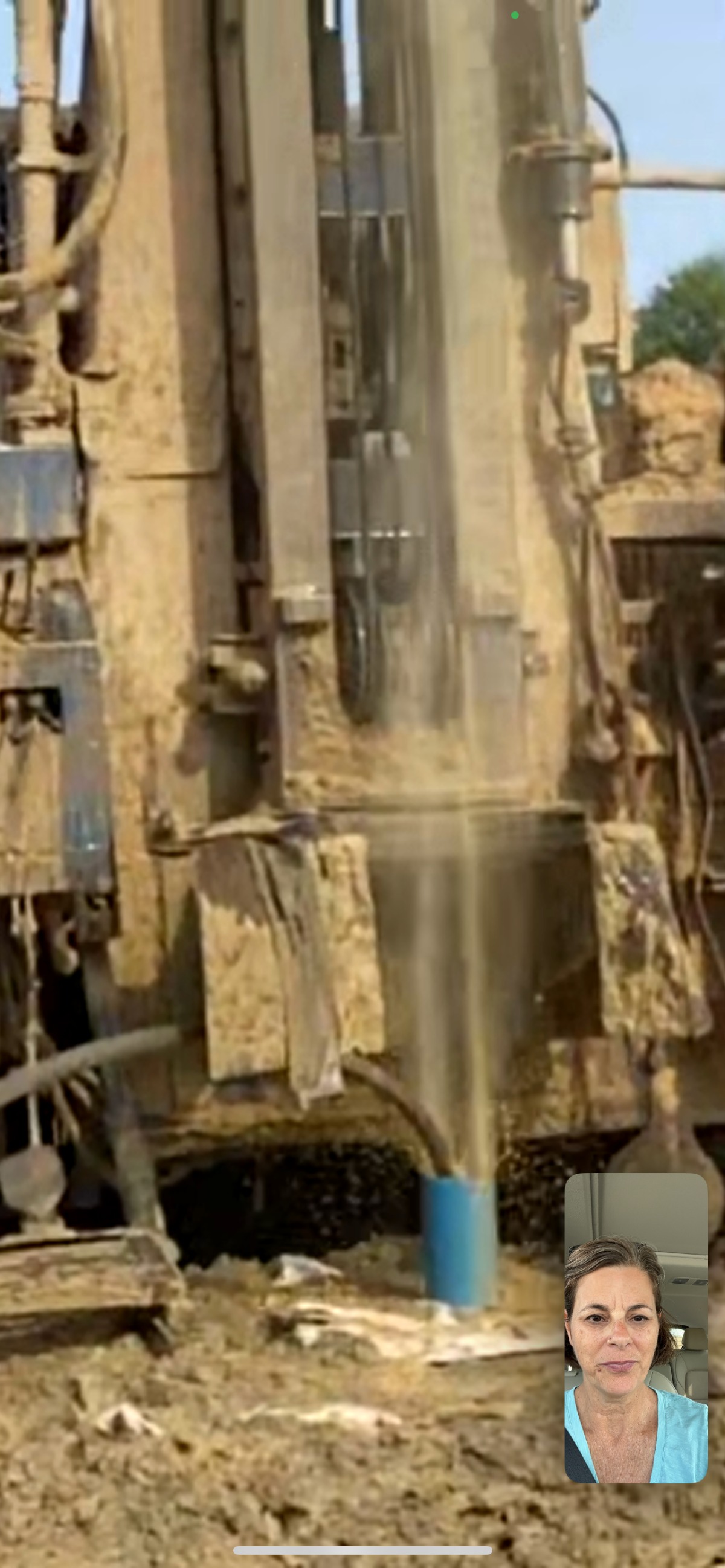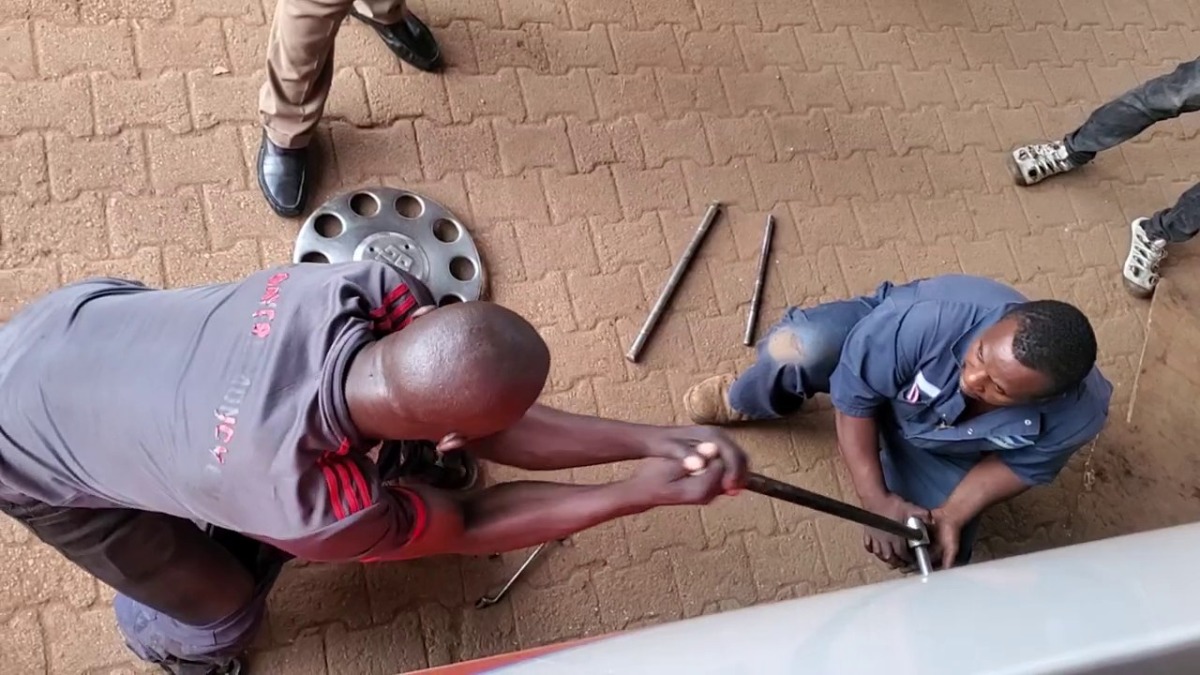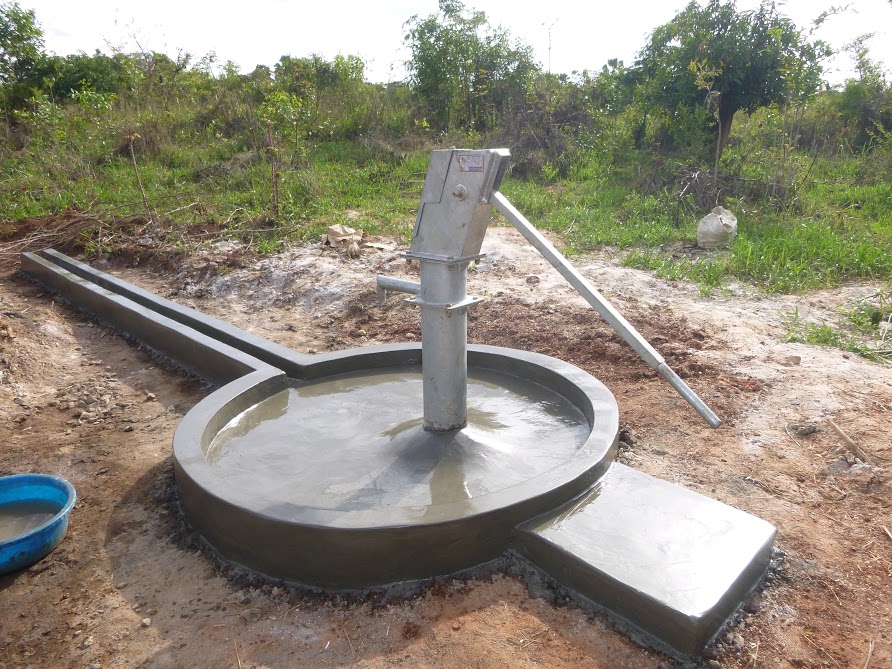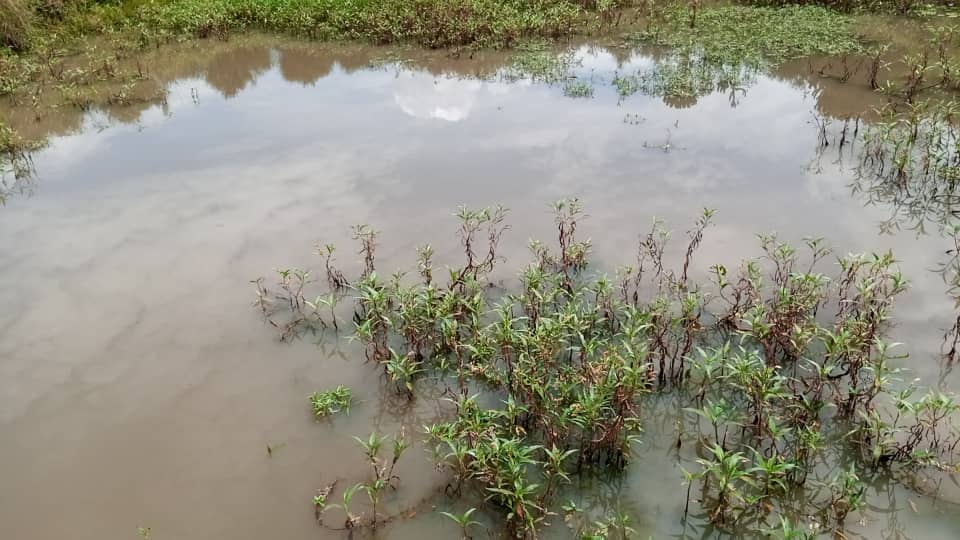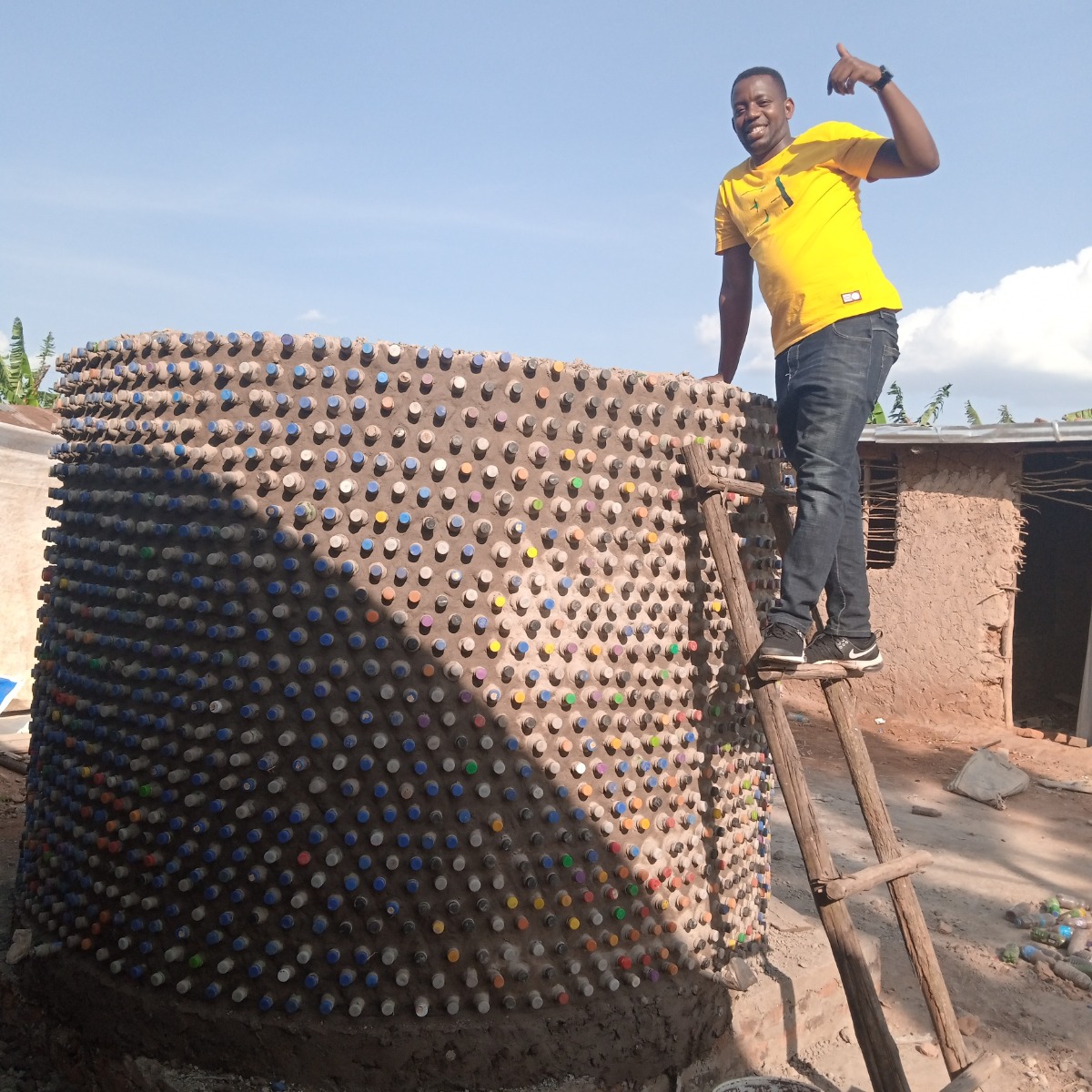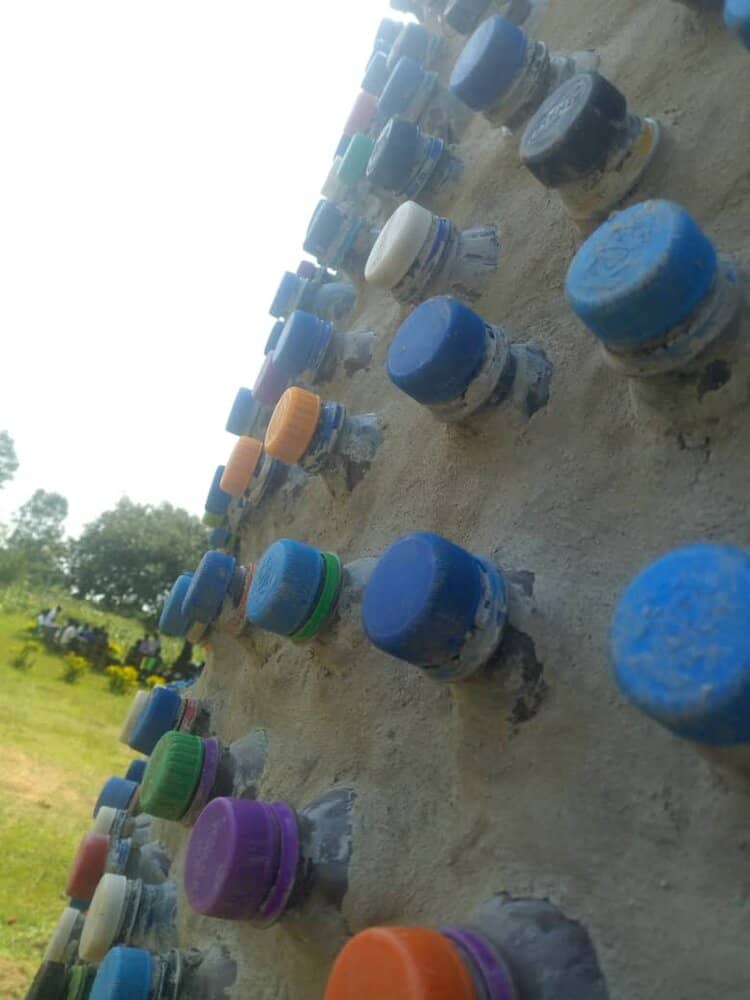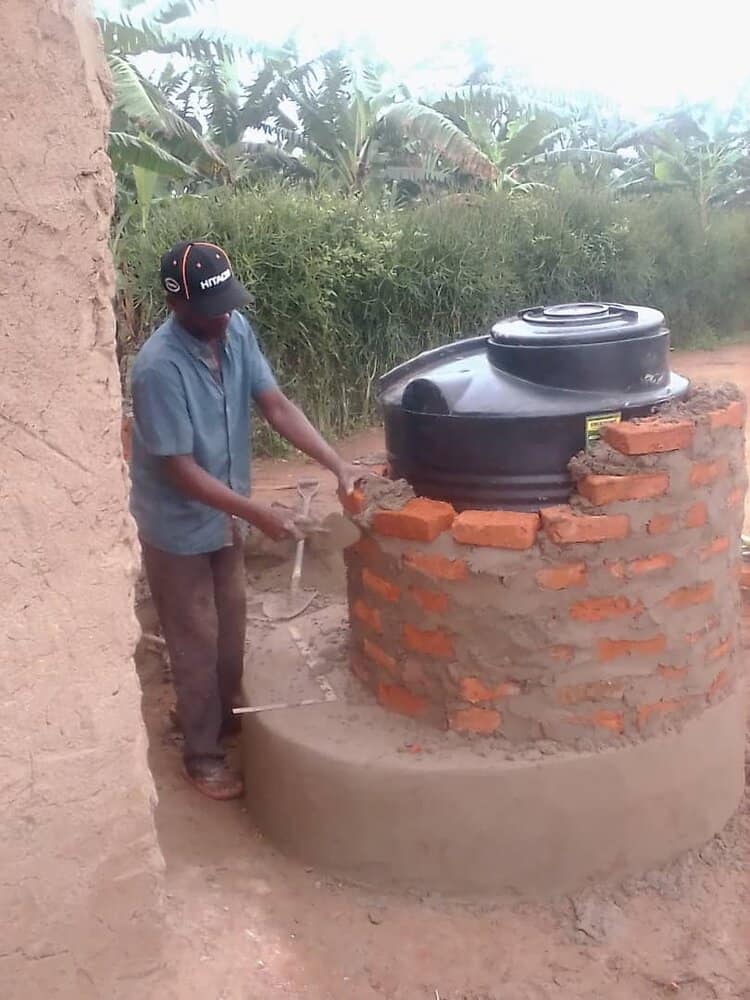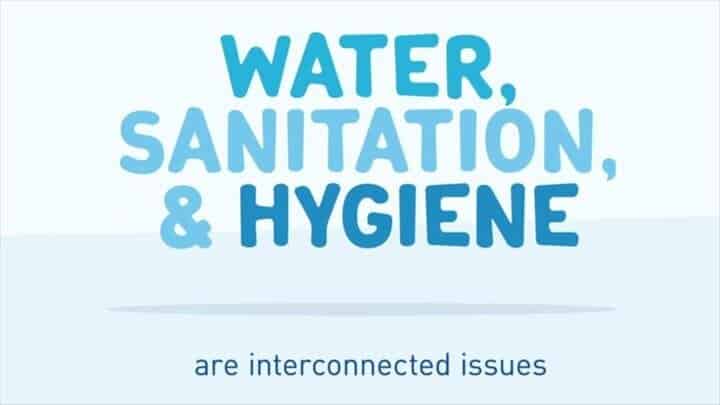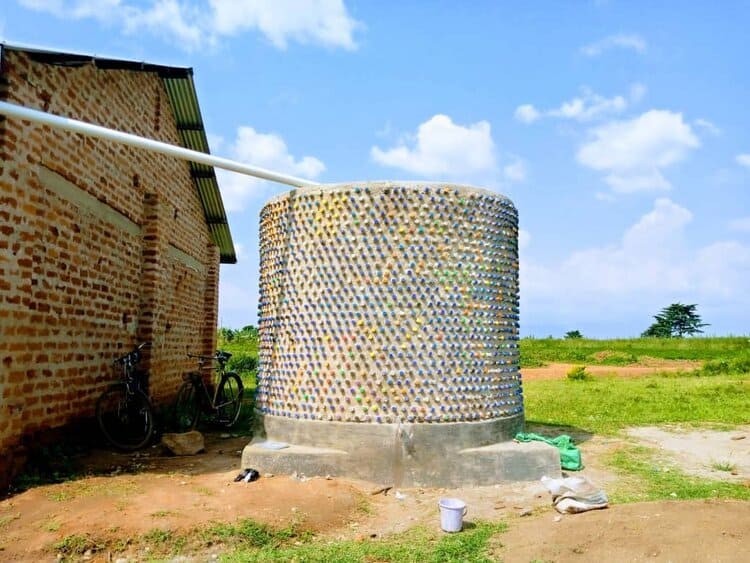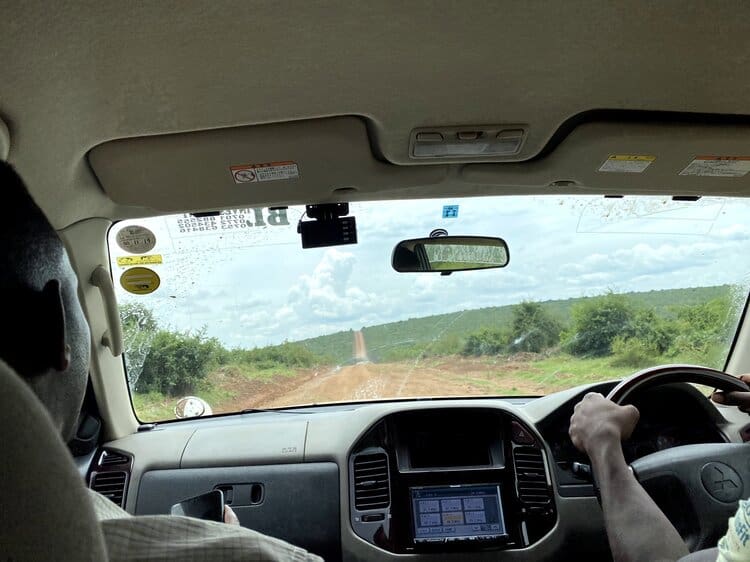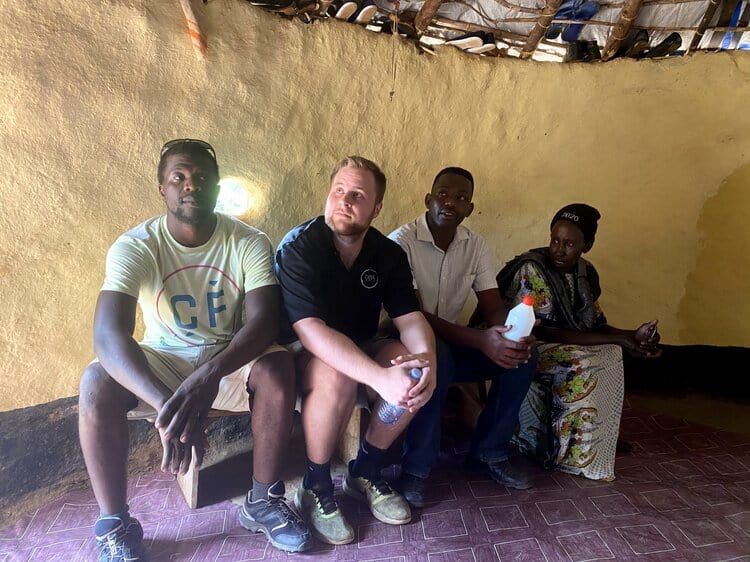Dancing in the sun…
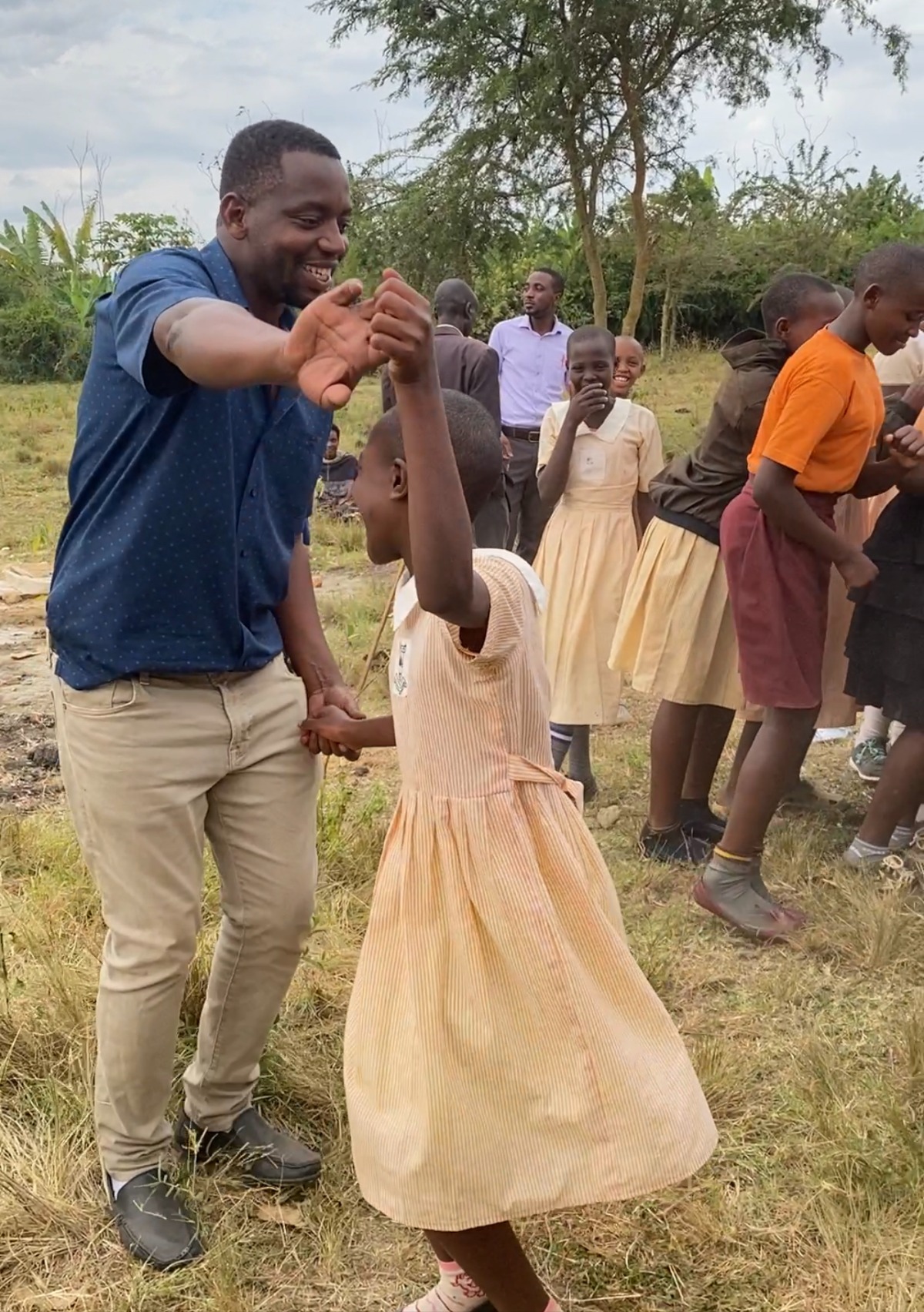
“There’s a great joy in my giving. It’s thrilling. It’s exhilarating. It’s important to be a part of sharing.” W. Clement Stone
Well, the well adventure is complete!
It may have taken Ssewak Engineering longer than they said to actually get out to the site to dig, but boy, did they hustle once they got there! Here’s the timeline:
Thursday, June 29 (a national holiday), they arrived at 2:00, ate lunch, set up, and started to drill. Drilling went on until 8:30pm, after dark.
Friday, June 30, they hit water! After letting the water run until it was clear, they stopped to let the bore hole dry.
Saturday, July 1, they built the bore, attached the filtration box and pump, and started the cement pad. My team didn’t leave the site until 11:30pm!
Sunday, July 2, we woke up a sign painter who created the sign. The cement pad and small adjacent wall were finished, with the sign cemented into the wall.
Monday, July 3, the well was officially handed over to the community! (And the LC asked Gideon if, since we’d built a well, we could now build a good road! hahahaha NO.)
Y’all… this was truly miraculous. As you can see from the photo, Gideon, the Wells of Hope students and staff, and members of the Rwakobo community celebrated and danced, even under the blazing dry-season midday sun.
WE DID GOOD!
All of us! The donors who made it possible, the supporters who sent prayers and encouragement and declarations of celebration, my team who walked the project all the way though despite the obstacles and setbacks, and everyone who has encouraged us on social media as they’ve seen the progress videos.
It was a team effort, and we all deserve an atta boy! We truly can’t thank you enough!
Mwebele mnonga!
Jennings
PS Yes, stuff was still happening at Touch the Slum, even while Ronald, Fauza, and Ritah were in Rwakobo documenting the well. We’ve got a number of important projects up on DonorSee, including a new irrigation tank for Mikisa Farm, some of our Literacy girls who are in truly dire need at home, and more. You can check out all our projects on DonorSee — as always, 100% of donations go to the program!
Dancing in the sun… Read More »

